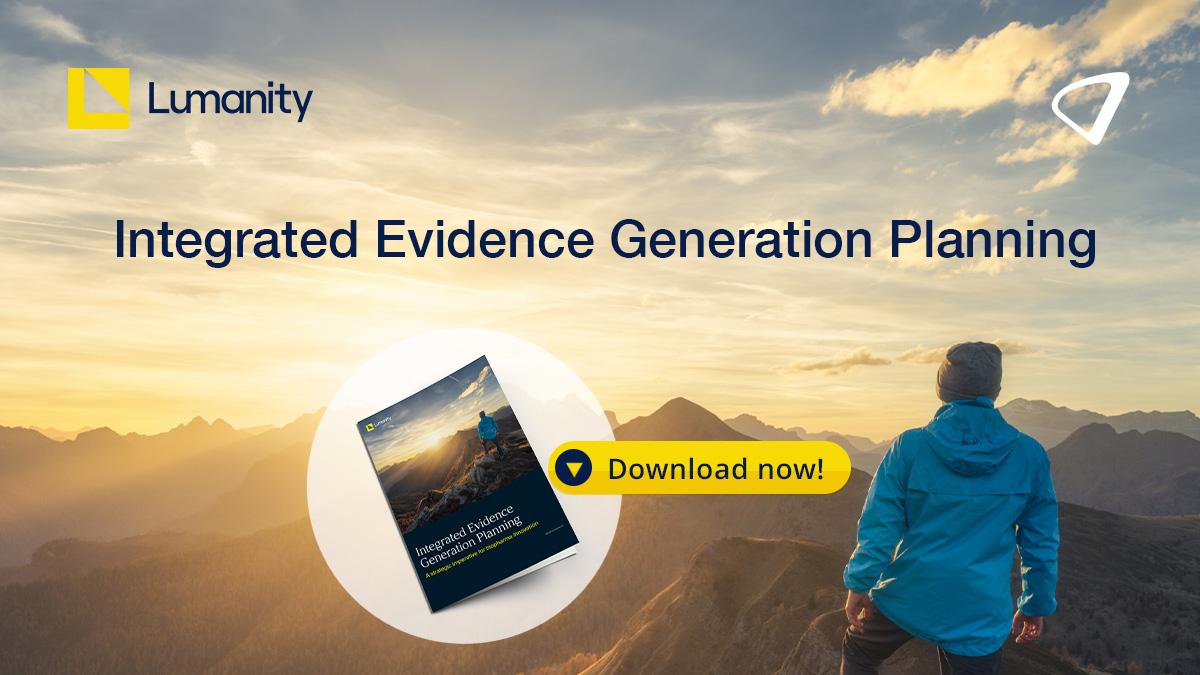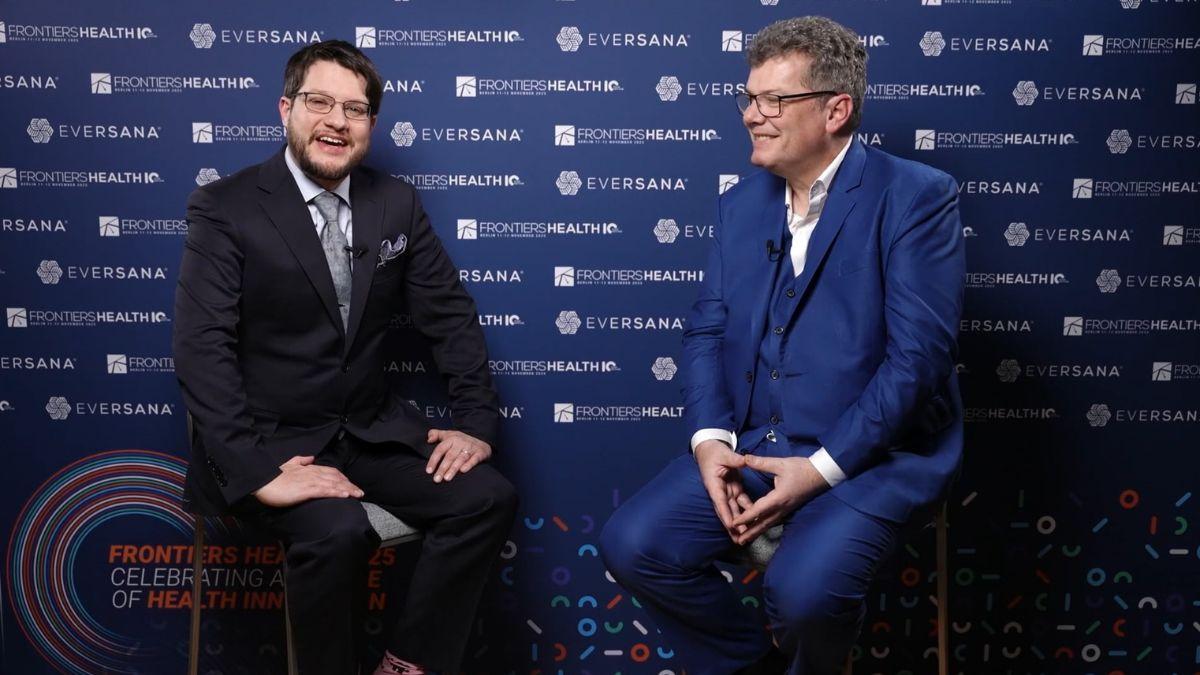Lilly throws lifeline to Sangamo with $1.4bn licensing deal

STAC-BBB shows widespread neuronal transduction across all cortical regions, according to Sangamo.
Sangamo Therapeutics was hit hard by the loss of Pfizer as a partner at the end of last year, but a new $1.4 billion alliance with Eli Lilly has gone some way to soften the blow and provide a much-needed cash injection.
The agreement – which includes an $18 million upfront fee – gives Lilly rights to deploy Sangamo's neurotropic adeno-associated virus (AAV) capsid STAC-BBB across one potential disease target, along with an option to expand the programme to include another four.
STAC-BBB was selected out of 100 million capsids that were screened for their ability to cross into the central nervous system after intravenous administration and deliver genetic sequences to nerve cells (neuronal transduction). In non-human primate studies, it has been shown to achieve 700-fold higher expression of messenger RNA than a regular AAV vector.
The capsid has also been designed to 'de-target' peripheral tissues, according to Sangamo, so should allow gene therapies to be activated selectively in the CNS and reduce the risk of off-target side effects.
The deal with Lilly comes after Pfizer delivered a bombshell to Sangamo in December when it handed back rights to experimental gene therapy for haemophilia A, giroctocogene fitelparvovec, despite positive phase 3 results. That decision is thought to be related to the slow uptake in the market of BioMarin's rival gene therapy Roctavian (valoctocogene roxaparvovec).
Lilly is the third company to partner with Sangamo on STAC-BBB after Astellas Gene Therapies, which paid $20 million upfront to kick off a $1.3 billion partnership in December, and Roche, which made an initial payment of $50 million in a deal worth upwards of $1.9 billion last August.
The deals have provided invaluable top-up cash to Sangamo, which has been forced to shed staff and research programmes in the last couple of years after losing other partnerships with Novartis and Biogen on its zinc finger gene-editing technology and abandoning a gene therapy for sickle cell disease.
The Richmond, California-based company – which has changed its strategy to focus on epigenetic regulation therapies treating neurological diseases and novel AAV capsids – ended 2024 with just under $42 million in cash reserves, down from $81 million a year earlier, and said last month that was only sufficient to fund operations "into the middle of the second quarter of 2025,"
Lilly has a prior AAV capsid collaboration with Sangamo on the go via its subsidiary Prevail Therapeutics, worth up to $1 billion and signed in 2023, that is focusing on multiple undisclosed neurological targets.












